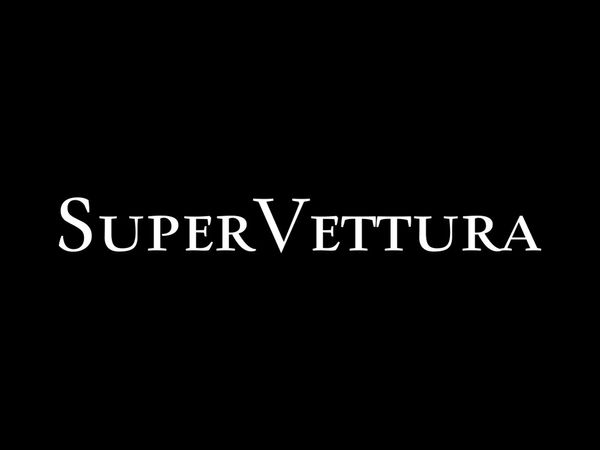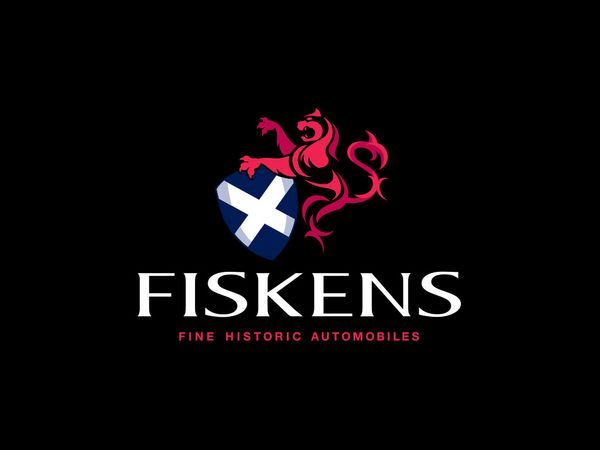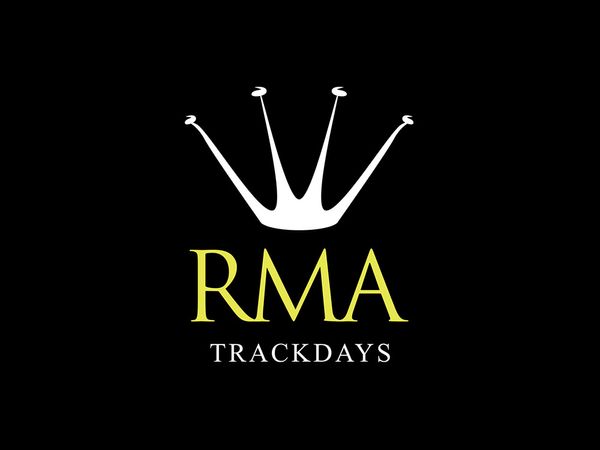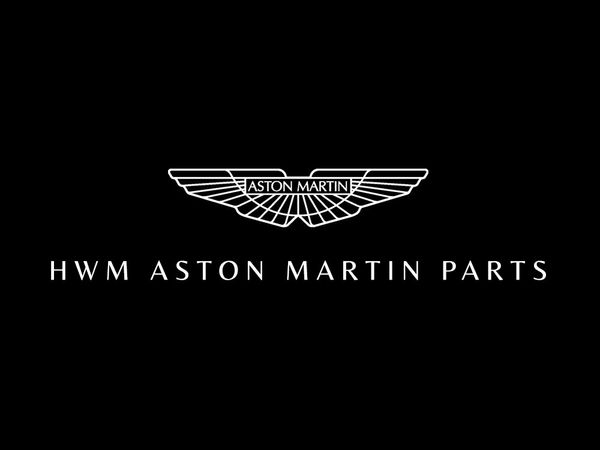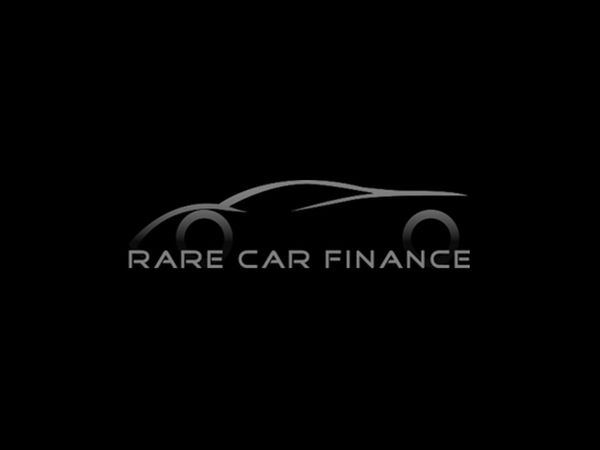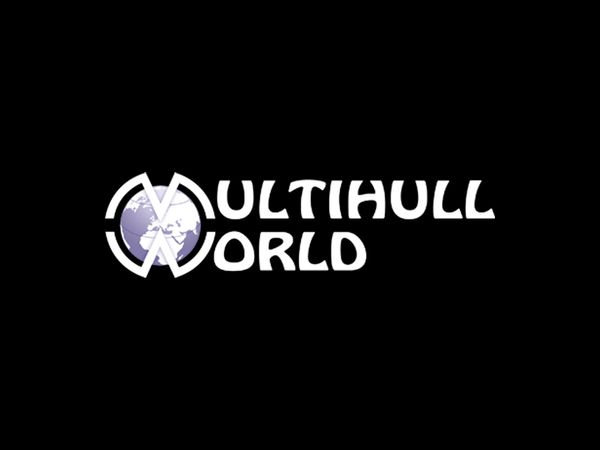Maserati A6 GCS 2000 Monofaro Usine ex Fangio – 1948 - French registration title
Sold without contrôle technique
A rare survivor from the series of 14 Monofaros built, one of only 4 works cars.
The last true Maserati before the Orsi era, with a high-performance 2-litre 6-cylinder engine and a light, incisive chassis.
One of the most versatile racing cars of the 1950s, eligible for the greatest historic events, including the Mille Miglia, Goodwood and Monaco.
Car driven by Juan-Manuel Fangio at the 1949 Rome Grand Prix.
Continuous, well-documented history, very dense Argentinean history, never seen before on the market.
In 1945, at the end of the Second World War, Maserati was in a position to produce and sell the sublime A6-1500, a small sports car developed from the legendary, high-performance 6CM Grand Prix car, which had already shone in the second half of the 1930s. With its very elegant Extra Lusso coupé and spyder bodywork (only 2 examples) designed by Pinin Farina, it enabled the ‘other Modena manufacturer’ to establish itself among the leading Italian factories, and foreshadowed the first competition car from the Trident brand. The A6 GCS (CS designating a dual-purpose Corsa and Sport car), refined in 1947, nevertheless differed markedly in terms of a new tubular chassis, improved suspension, new bodywork and a revised engine. For the bodywork, the talented and efficient Medardo Fantuzzi was chosen, who designed a superb two-seater siluro body, basic but elegant, with separate wings, so that it could compete in F2 (without wings) and in Sport (with wings), and whose single central headlamp integrated into the radiator grille would distinguish this first A6 GCS: Monofaro.
Under the bonnet, the particularly accessible powertrain differs from that of the previous A6 in that it has an increased displacement of 2 litres, dry sump lubrication and a set of 3 special Weber 36DO4 carburettors. Producing 130 hp at 6,000 rpm, it propelled the car, which weighed just 672 kg dry (580 kg in the F2 version!), to speeds of over 200 km/h with disconcerting ease...
Only 14 examples of the Monofaro were produced, of which only 8 survived. Today, it is one of the most sought-after Maseratis, thanks to its rarity, its performance, its place in the history of the brand (the last car developed by the Maserati brothers before the Orsi family took control, and an essential milestone in the genesis of 6-cylinder racing cars - A6GCS/53, A6G/54, 300S in particular - and road cars - 3500 GT) and its unrivalled versatility. Thanks to its extensive track record, the 2000 A6 GCS is eligible to take part in the greatest historic events, including the Mille Miglia, Goodwood and Monaco, where it can compete in both single-seater and sports categories, just as it did back in the day...
The car that illustrates these pages is the seventh A6 GCS produced, chassis #2007, officially entered in the factory registerson 7 June 1948 as a factory car, which only concerns three other chassis (#2001, #2002 - born as a coupé - and #2003 - destroyed in period) out of the 14 built. It is likely that the car was used for some racing, testing and development, before being renumbered #2010 at the factory, and sold to Italian businessman Giuseppe Vianini on 4 April 1949 (factory registers).
1949 was an important year in motor sport, as it was the year in which Juan Perón, the Argentine dictator, commissioned two experienced drivers to come and race in Europe to promote their country. For the occasion, this Equipo Argentina was given Gordinis and Maseratis... for hire. The names of these drivers? Juan-Manuel Fangio and Benedicto Campos, unknowns on the Old Continent... Fangio quickly made a name for himself, winning the F1 Grands Prix at San Remo, Pau, Perpignan, Marseille, Monza and Albi. He also raced in Sport and F2, and took the start of the Xth Grand Prix of Rome, run on the temporary circuit of the Baths of Caracalla, on 2 June at the wheel of the Maserati #2007/2010 entrusted to Vianini, who also had business in Argentina and dual nationality. Although the crew was forced to retire on lap 21, it is likely that the car that illustrates these pages was again entered on 26 June at the Monza F2 Grand Prix (4 A6 GCS on the grid) and on 10 July at the 9th Circuit del Garda (3 A6 GCS on the grid) and also in the Italian F2 Grand Prix of the 1950 season.
At the end of the 1950 season, Vianini exported the A6 GCS #2007/2010 to Argentina, where he sold it to Carlos Lostaló, an experienced driver from the Buenos Aires region, who raced it on 17 December 1950 at the Parque Sarmiento circuit in Cordoba, where he finished 4th. A country with a rich motoring culture, Argentina recovered a large number of European racing cars, both new and second-hand, and our Maserati, re-engined in mid-1953 with a Ford V8 following the breakage of its engine, continued to scour the local circuits until 1959, successfully battling against, in no particular order, Alfa Romeo 8Cs, Delahaye 135 Ss, Ferrari 166s, 212s, 225s, 375s and 625s, Cisitalia 202s, BMW 328s, Jaguar XK 120s, Gordini T15s, Allard J2s, Porsche 550s and Bugatti 35s and 51s! She took part in the famous 1000 km of Buenos Aires (fig. 6, DNF), with Carlos Guimarey and Carming, alias Eduardo ‘Buby’ Salzman, an event counting towards the World Sport Championship that year! This car has a crystal-clear history and is listed in all the reference books and known to the greatest marque specialists.
“The most authentic Maserati A6 GCS Monofaro ever seen on the market, and driven period by Juan-Manuel Fangio”
TOUR AUTO 2025 • LA VENTE OFFICIELLE
Monday 07 April 2025 at 16h00
Paris Expo, Porte de Versailles (Pavillon 6)





